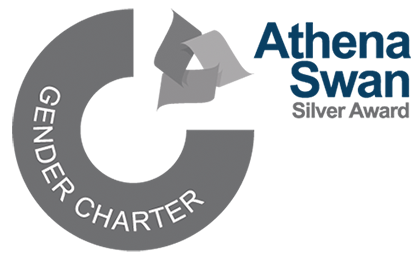Showing all 5 Tech Reports linked to Paul Cohen
Sequence Learning via Bayesian Clustering by Dynamics
This chapter introduces a Bayesian method for clustering dynamic processes. The method models dynamics as Markov chains and then applies an agglomerative clustering procedure to discover the most probable set of clusters capturing different dynamics. To increase efficiency, the algorithm uses an entropy-based heuristic search strategy. When applied to clustering sensor data from mobile robots, the algorithm produces clusters that are meaningful in the domains of application. 1. Department...read more
Multivariate Clustering by Dynamics
We present a Bayesian clustering algorithm for multivariate time series. A clustering is regarded as a probabilistic model in which the unknown auto-correlation structure of a time series is approximated by a first order Markov Chain and the overall joint distribution of the variables is simplified by conditional independence assumptions. The algorithm searches for the most probable set of clusters given the data using a entropy-based heuristic search method. The algorithm is evaluated on a set...read more
Bayesian Clustering by Dynamics
This paper introduces a Bayesian method for clustering dynamic processes. The method models dynamics as Markov chains and then applies an agglomerative clustering procedure to discover the most probable set of clusters capturing different dynamics. To increase efficiency, the method uses an entropy-based heuristic search strategy. An experiment suggests that the method is very accurate when applied to artificial time series in a broad range of conditions. When the method is applied to...read more
ID: kmi-99-05
Date: 1999
Author(s): Marco Ramoni, Paola Sebastiani, Paul Cohen, John Warwick and James Davis
Resources:Discovering Dynamics using Bayesian Clustering
This paper introduces a Bayesian method for clustering dynamic processes and applies it to the characterization of the dynamics of a military scenario. The method models dynamics as Markov chains and then applies an agglomerative clustering procedure to discover the most probable set of clusters capturing the different dynamics. To increase efficiency, the method uses an entropy-based heuristic search strategy. 1. Department of Statistics, The Open University. 2. Knowledge Media...read more
ID: kmi-99-04
Date: 1999
Author(s): Paola Sebastiani, Marco Ramoni, Paul Cohen, John Warwick and James Davis
Resources:Bayesian Clustering of Sensory Inputs by Dynamics
This paper introduces a Bayesian method for unsupervised clustering of dynamic processes and applies it to the abstraction of sensory inputs of a mobile robot. The method starts by transforming the sensory inputs into Markov chains and then applies an agglomerative clustering procedure to discover the most probable set of clusters capturing the robot's experiences. To increase efficiency, the method uses an entropy-based heuristic search strategy. 1. Department of Statistics, The Open...read more






